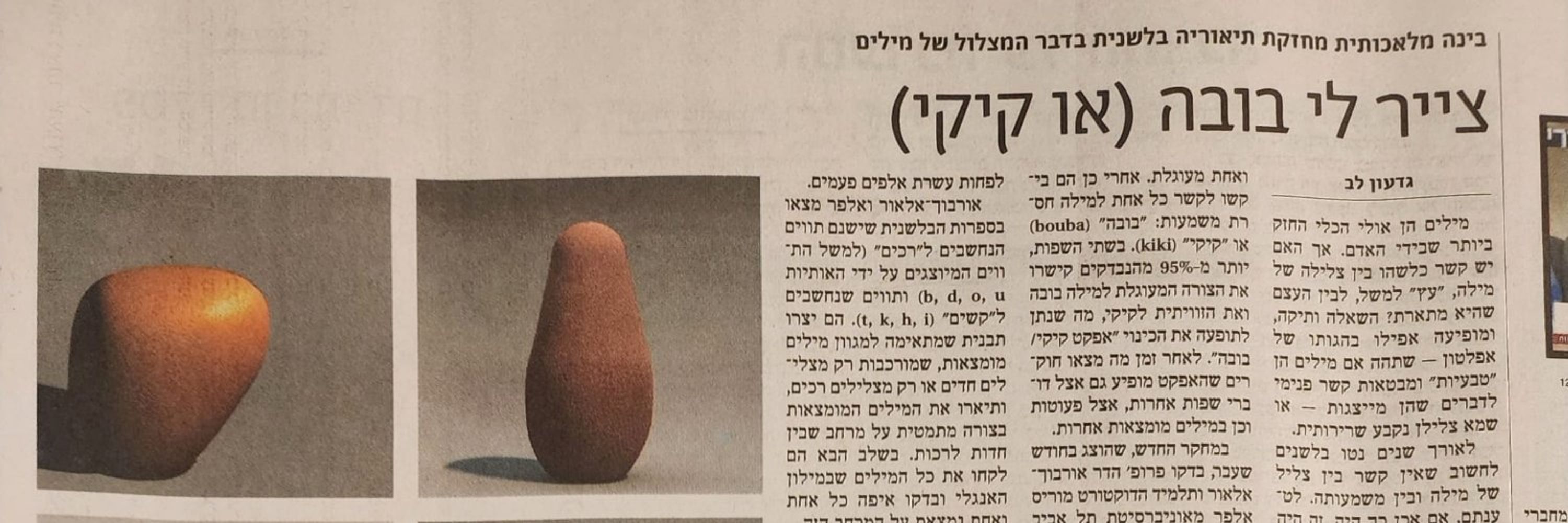Morris Alper
@malper.bsky.social
1K followers
650 following
54 posts
PhD student researching multimodal learning (language, vision, ...).
Also a linguistics enthusiast.
morrisalp.github.io
Posts
Media
Videos
Starter Packs
Morris Alper
@malper.bsky.social
· Jun 13
Morris Alper
@malper.bsky.social
· Feb 4

ProtoSnap: Prototype Alignment for Cuneiform Signs
The cuneiform writing system served as the medium for transmitting knowledge in the ancient Near East for a period of over three thousand years. Cuneiform signs have a complex internal structure which...
arxiv.org
Morris Alper
@malper.bsky.social
· Feb 4




















